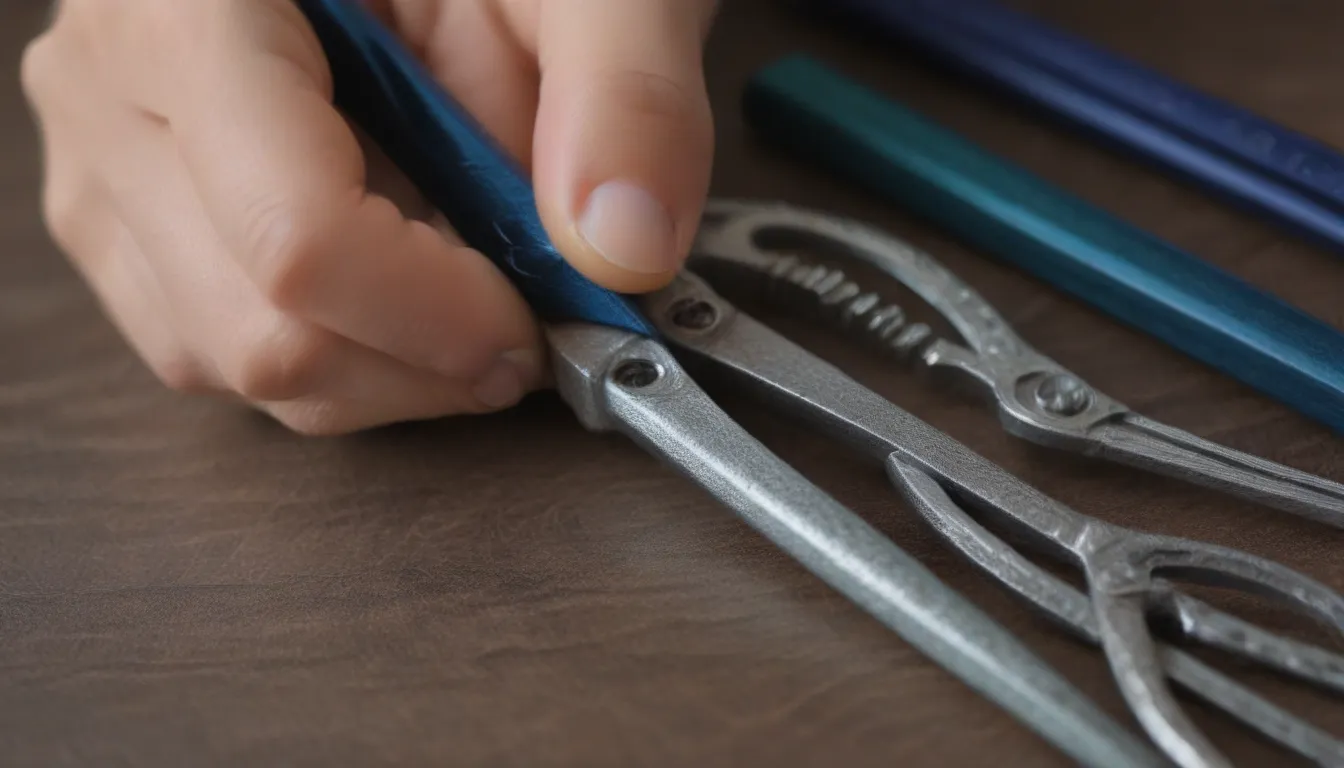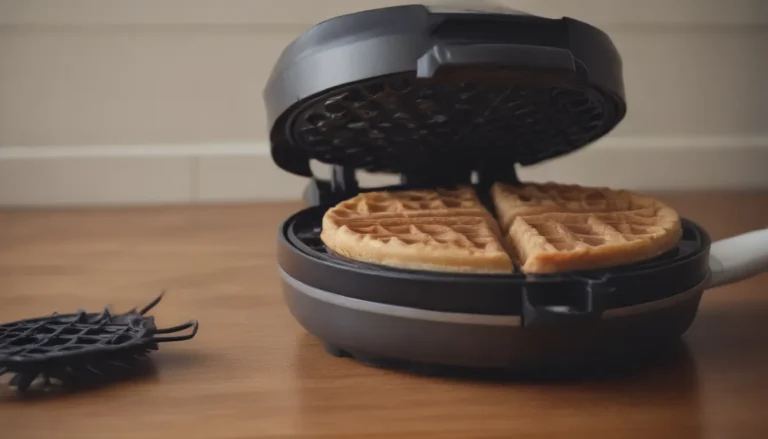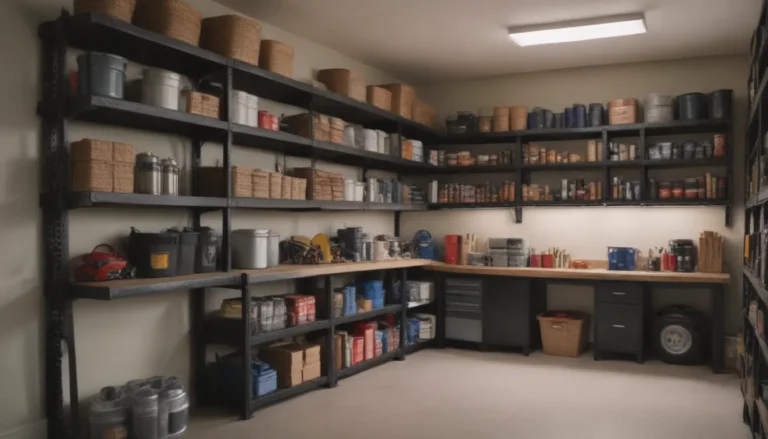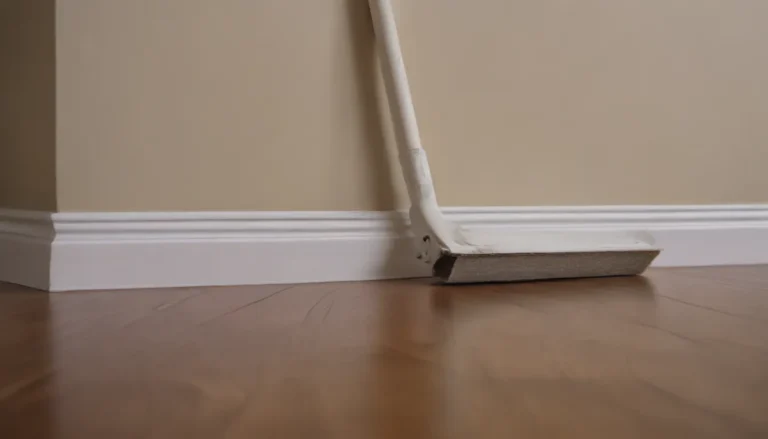How to Properly Sharpen Your Scissors at Home

Are you tired of struggling to cut through things with your dull scissors? It may be time to sharpen them! Learning how to sharpen scissors at home can save you time and money. In this comprehensive guide, we will walk you through six different ways to sharpen your scissors using household items. Whether you have aluminum foil, sandpaper, a sharpening stone, a glass jar, a v-sharpener, or a simple screwdriver, we’ve got you covered.
How Often Should You Sharpen Your Scissors?
Before we dive into the different sharpening methods, let’s discuss how often you should sharpen your scissors. If you find yourself having to cut through the same spot multiple times, it’s a clear sign that your scissors need sharpening. In general, it’s recommended to sharpen your scissors at least twice a year, especially if you use them frequently. For those rarely used household scissors, an annual sharpening should be sufficient.
How to Sharpen Scissors With Aluminum Foil
Sharpening scissors with aluminum foil is a quick and affordable method. Aluminum foil not only cleans the blades but also helps remove built-up dirt that dulls their sharpness. Here’s a step-by-step guide:
- Gather and Fold the Foil: Cut a piece of aluminum foil between eight and 12 inches long. Fold it multiple times lengthwise to create a thick strip.
- Cut the Foil: Use your scissors to cut through the folded strip, ensuring you cover the entire length of the blade. Wipe the scissors with a cloth to remove any loose dirt.
How to Sharpen Scissors With Sandpaper
Sandpaper is another effective tool for sharpening scissors. The rough texture of the sandpaper helps restore sharpness to dull blades. Here’s how to sharpen your scissors with sandpaper:
- Gather and Fold the Sandpaper: Use sandpaper with 150-200 grit. Fold it in half with the rough side facing out.
- Cut the Sandpaper: Cut through the folded sandpaper multiple times, ensuring the entire length of the blade touches the rough surface. Clean the scissors with a damp cloth afterward.
How to Sharpen Scissors With a Sharpening Stone
A sharpening stone is commonly used for knives but can also be used to sharpen scissors effectively. Follow these steps to sharpen your scissors with a sharpening stone:
- Take the Scissors Apart: Disassemble the scissors by removing the screw that holds the blades together.
- Oil the Stone: Use a honing oil to lubricate the stone. Choose between the coarse and fine grit sides, depending on your scissors’ condition.
- Sharpen At an Angle: Pull each scissor blade down across the stone, following its shape and angle. Repeat up to 20 times or until the blade is sharp. Remove any debris from the stone and reassemble the scissors.
How to Sharpen Scissors With a Glass Jar
Believe it or not, a glass jar can also be used to sharpen scissors! Here’s how to do it safely:
- Cut the Sides of the Jar: Place a thick glass jar on a flat surface and cut along the outside of the jar with a pulling motion. Be cautious and wear protective gloves.
- Remove Debris: Clean any glass debris off the scissors with a damp cloth and ensure there are no loose pieces on the jar.
How to Sharpen Scissors With a V-Sharpener
A v-sharpener is a handy tool with angled ceramic rods that create a v-shape, perfect for sharpening scissors. Follow these steps to sharpen your scissors with a v-sharpener:
- Disassemble the Scissors: Remove the screw holding the blades together to sharpen each blade individually.
- Sharpen the Scissors: Pull the scissor blade down the ceramic rod, following its angle, and repeat until sharp.
How to Sharpen Scissors With a Screwdriver
If you’re in a pinch, a screwdriver can be used to quickly sharpen your scissors. Here’s how:
- Fit the Scissors Around the Screwdriver: Place the scissors perpendicular to the metal part of the screwdriver and wrap them around the tool.
- Cut the Sides of the Screwdriver: Use a cutting and pulling motion to sharpen the scissors with the screwdriver.
When to Replace Your Scissors
While these six methods are effective ways to sharpen scissors, there comes a time when you need to replace them. On average, household scissors should be replaced every three to five years, depending on their condition and frequency of use. Consider replacing your scissors if sharpening no longer creates a sharp edge, the blades have been thinned from constant sharpening, or if they have significant damage like nicks, bends, or chips.
By following these simple techniques, you can keep your scissors sharp and ready for any cutting task. Sharpening your scissors at home not only saves you money but also ensures you have a reliable tool for years to come. So, grab your household items and start sharpening those scissors today!





